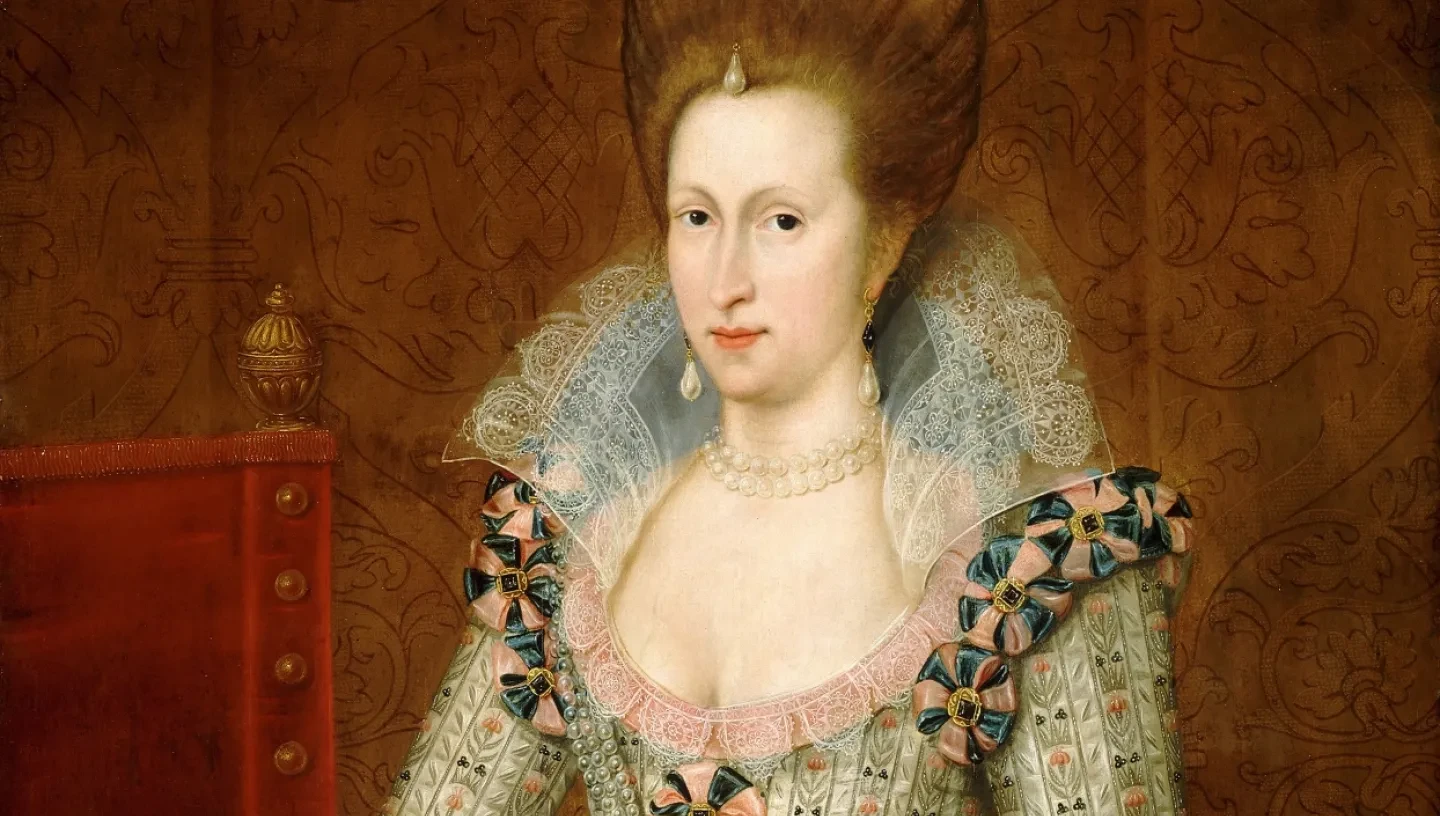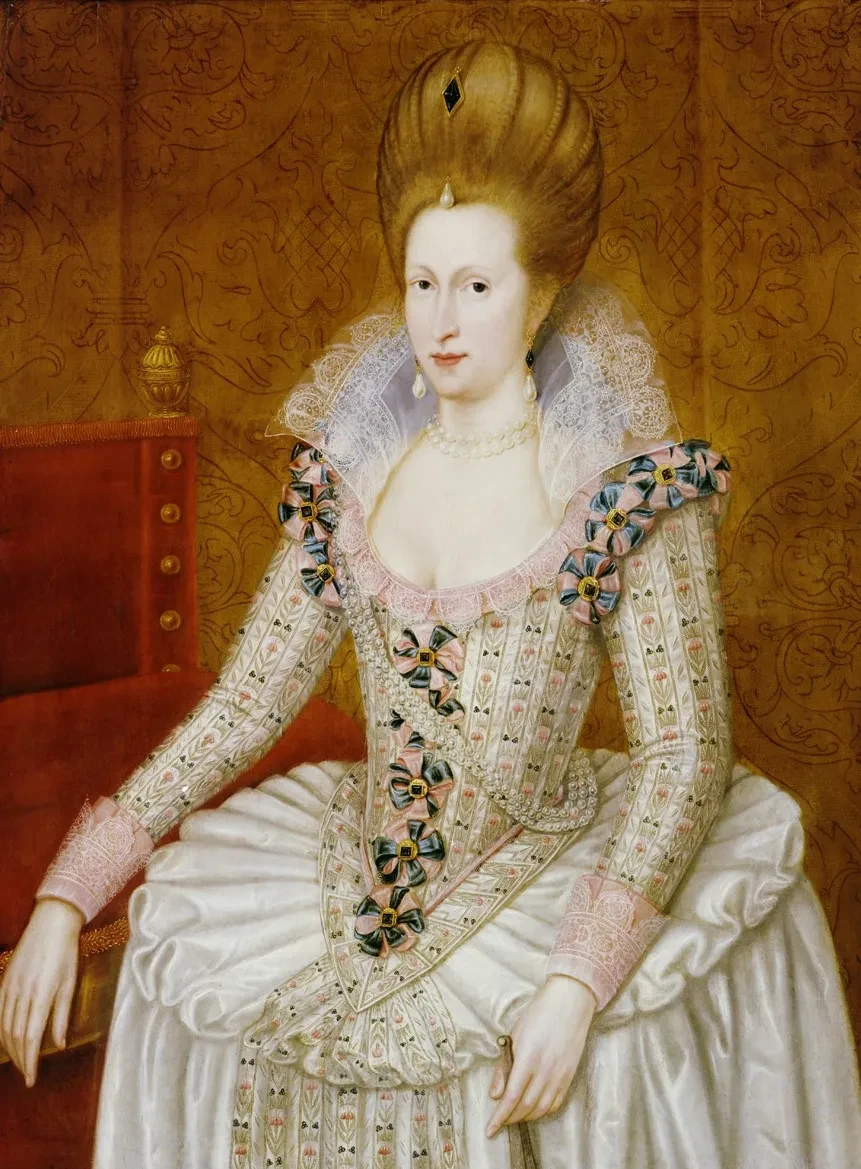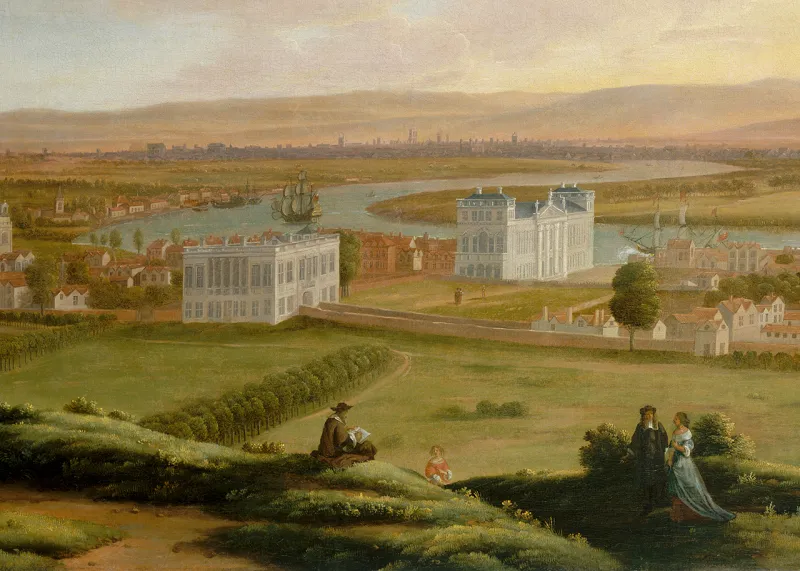
Greenwich has been a key location for the royal family for over 500 years.
Throughout that history, the nation's female rulers - from Elizabeth I to Queen Anne - have exercised a particularly powerful influence on this royal London borough.
Why else do you think the palace at Greenwich's is called the 'Queen's House'?
Find out more about the queens of the Queen's House and the women who left their mark on Royal Greenwich.

Margaret of Anjou (1430 - 1482)
The wife of Henry VI, the last king of the Lancaster dynasty, Margaret of Anjou was an important powerbroker in her own right. Born into one of the noblest and well-connected families in France, she was raised in one of the most artistically-accomplished courts in Europe. After her marriage to Henry, she used her considerable economic and political clout to support her husband and son’s claims to the English throne.
While history has not treated Margaret kindly, and she died in semi-obscurity in France, she was instrumental in transforming a small manor at Greenwich into the Palace of Placentia, which was later expanded by the Tudor dynasty.

Mary I (1516 - 1558) and Elizabeth I (1533 - 1603)
While part of what become Greenwich Palace was developed by the Lancaster dynasty (Henry V and his brother, Humphrey, Duke of Gloucester), it was the Tudor and Stuart dynasties that saw the greatest growth of the palace complex at Greenwich and under which many of the Museum’s most famous buildings – the Queen’s House and the Royal Observatory – were completed.
Both Tudor queens were born at Greenwich Palace. The palace at Greenwich was one of Elizabeth’s favourites, as it had been for her grandfather, Henry VII and her father, Henry VIII.

Anne (Anna) of Denmark (1574 -1619)
The wife of James I of England (James VI of Scotland), Anne was an important patron of the arts in England and set up courtly entertainments, including masques, that rivalled those of her husband’s largely separate court.
According to legend, James gave Anne rights to Greenwich Park as an apology after he swore at her (after she had accidentally shot one of his hunting dogs). Anne asked a frequent collaborator of hers – Inigo Jones, with whom she had worked on the production of sets and costumes for her masques – to design a retreat for her close to the Tudor brick palace.
Jones had spent time in Italy, and had been inspired by both the ancient classical architecture he saw as well as more contemporary Palladian architecture. The Queen’s House became the first classical building in England since ancient times.
Anne passed away in 1619, but was alive to see the beginning of construction on what became the Queen’s House.

Henrietta Maria (1609 - 1669)
The wife of Charles I, son of Anne and James, Henrietta Maria inherited her mother-in-law’s rights to Greenwich Park and had Inigo Jones finish the building of the Queen’s House between approximately 1629 and 1638.
Like her husband, she was an important collector of art as well as a patron for contemporary artists, and acquired and commissioned numerous works for the Queen’s House (not all of which were delivered prior to the English Civil War).
Charles II (her son) enlarged aspects of the Queen’s House, resulting in the floor plan that remains today. It seems likely that Henrietta Maria occupied the Queen’s House for some stretch of time after her return.

Mary II (1662 - 1694)
As co-ruler with her husband, William III, Prince of Orange, Mary was frequently left alone to rule the country in her husband’s stead.
Her primary contribution to the history of the Queen’s House was the preservation of the view from the House to the river, as she mandated that the distance between the buildings of what is now the Old Royal Naval College be the width of the Queen’s House.

Anne (1665-1714)
Anne’s primary contribution to the history of the Queen’s House is one of absence, rather than presence.
Her gift of the painted canvases by Orazio Gentileschi, and perhaps his daughter Artemisia, that once covered the Great Hall ceiling to her favourite Sarah Churchill resulted in a sparser central space for the Queen’s House until reproductions were installed. Those reproductions were ultimately removed in favour of a new contemporary piece by Richard Wright that adorns the ceiling today.
During the time of Charles II, the House largely became a grace-and-favour residence that was intermittently occupied by a wide range of characters: artists (as a studio), royal mistresses, arriving royal brides, ambassadors, governors of Greenwich Hospital, and the rangers of Greenwich Park. While the House retained a historical association with the queens of England, it was no longer a ‘house of delight’ for the queens and their followers.





